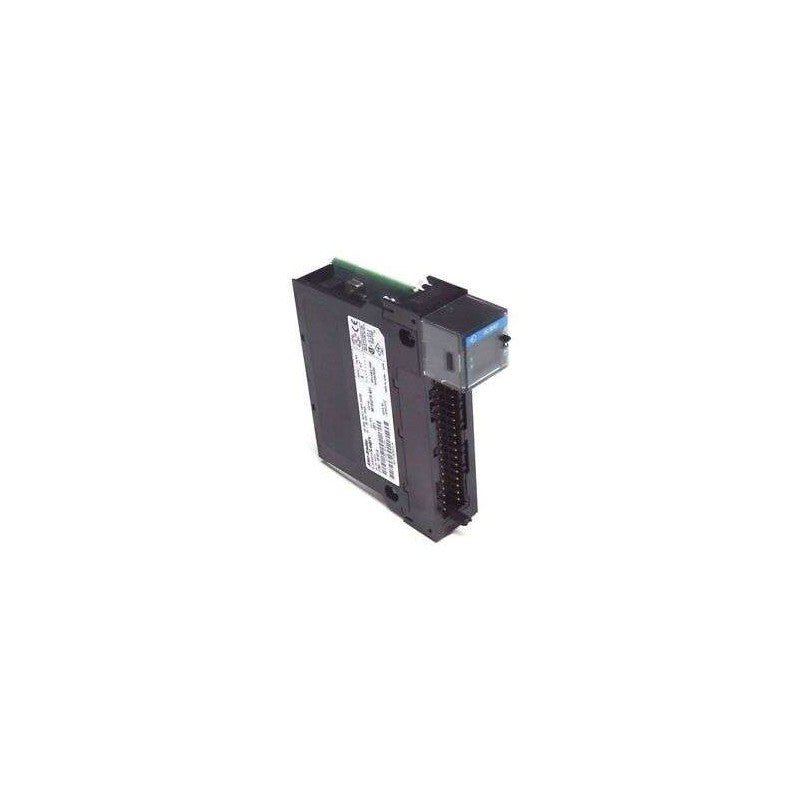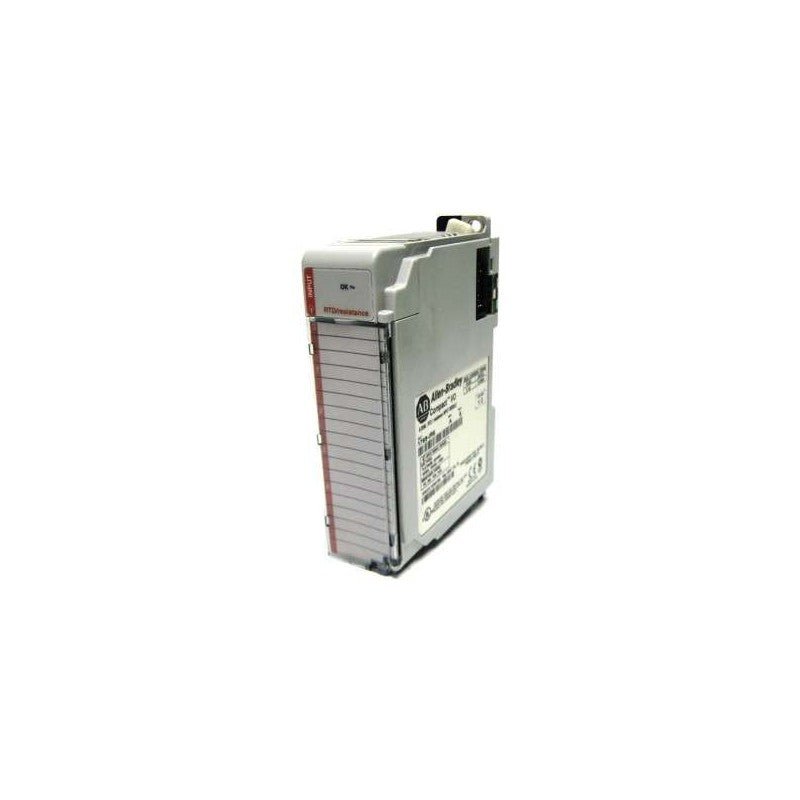1756-OA16I Allen Bradley IO Modules
In today’s industrial automation and control systems, Allen Bradley IO modules are a common component. With their wide range of functions and capabilities, these IO modules provide an important link between the physical world and the data-driven world of machine automation. But before you can reap the rewards of using these devices, it’s important to understand what they are and how they work. This blog post will cover the basics of Allen Bradley 1756-OA16I IO Modules, including their features, installation methods, and practical applications in various industries.
Overview of the 1756-OA16I
The Allen-Bradley 1756-OA16I is an input/output (I/O) module in the ControlLogix family. This module has 16 input points, 8 output points, and is isolated. The OA16I also provides two 24 VDC power supplies for the inputs and outputs. Each power supply can provide up to 30 mA. The1756-OA16I modules are used with the 1756 chassis. These modules have a green LED that indicates the presence of power to the module.
Specifications
The Allen Bradley IO modules come in a variety of sizes and specifications. The most common are the 8-point, 16-point, and 32-point modules. These modules have a variety of input and output options that can be used for a variety of applications.
Accessories
-OAI Allen Bradley IO Modules
1. Accessories:
-Cable Assemblies: A wide variety of off-the-shelf and custom cable assemblies are available to interface the OAI I/O modules with the PLC or other devices.
-Terminal Blocks: A variety of screw terminal blocks are available for wiring the I/O modules to the PLC or other devices. The blocks are available in a variety of sizes and configurations to accommodate different numbers of wires and wire gauges.
-Mounting Brackets: Mounting brackets are available for DIN rail or panel mounting of the I/O modules.
Installation
1. Installation
Installing an Allen Bradley IO module is a simple process that can be completed in just a few minutes. Here are the steps you need to follow:
1. Begin by powering down the PLC and removing all field devices from the system.
2. Next, remove the cover from the PLC and locate the appropriate slot for the IO module.
3. Carefully insert the module into the slot, making sure that it is properly seated.
4. Once the module is installed, replace the PLC cover and power up the unit.
5. Finally, add any field devices that were removed earlier back into the system and test everything to ensure proper operation.
Maintenance
1. Maintenance
Regular maintenance of your Allen Bradley IO modules is important to ensure optimal performance and avoid costly repairs down the line. Here are some tips for keeping your modules in top shape:
– Check all connections regularly for tightness and corrosion.
– Clean all terminals and connectors with a mild solvent such as alcohol.
– Inspect all wiring for signs of wear or damage.
– Periodically check module status LEDs for proper operation.
– Keep an up-to-date inventory of spare parts on hand in case of failure.
Troubleshooting
If you’re having trouble with your Allen Bradley IO modules, there are a few things you can try to troubleshoot the issue. First, check the power supply to the module and make sure it is receiving power. Next, check the cabling between the module and the controller to ensure that all connections are secure. Finally, check for any loose terminals on the module itself. If all of these things check out, then you may need to replace the module.


















Reviews
There are no reviews yet.